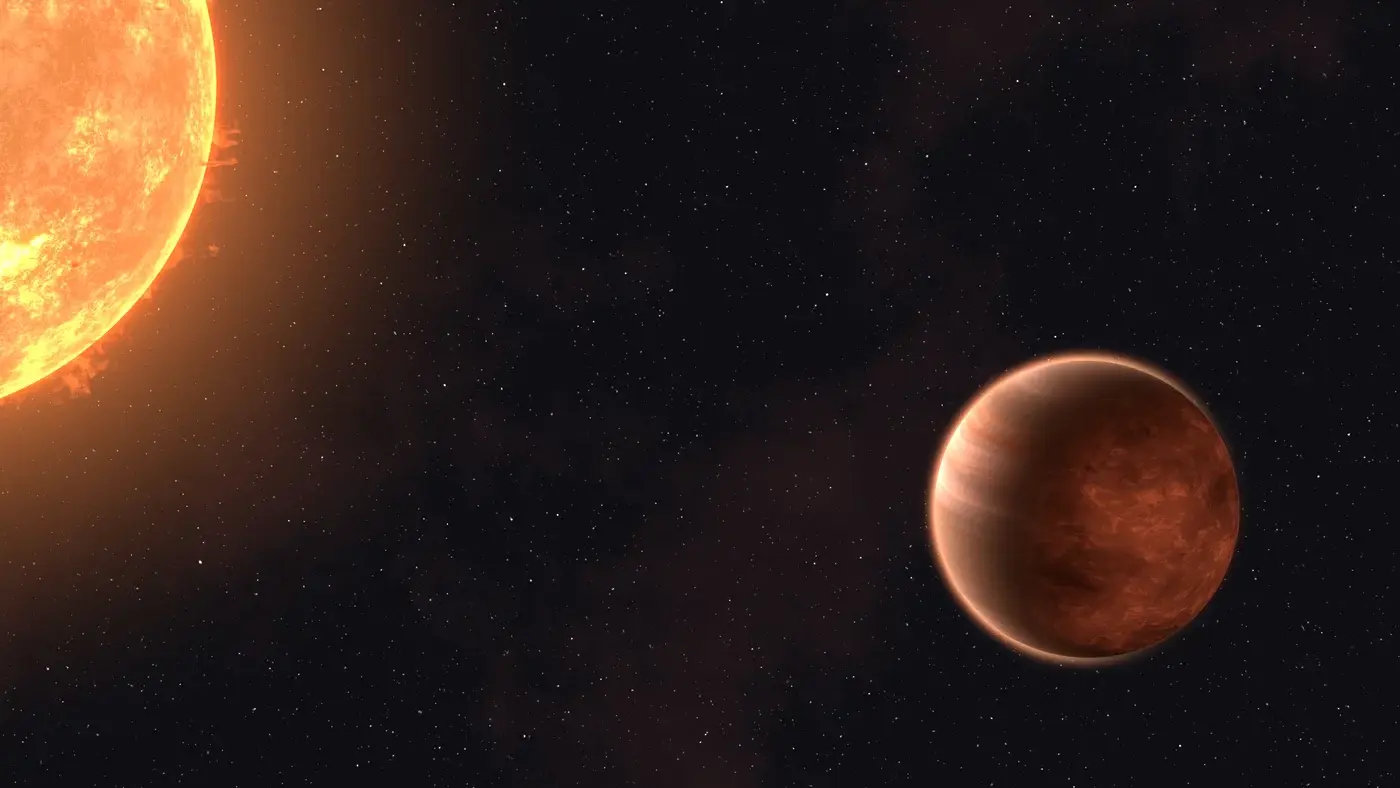In September, you can not only see the Milky Way in the sky, but also many planets. “Earth Night” is particularly suitable for observation.
FRANKFURT – If that’s not enough reason to look up at the starry sky: in September the dark nights become noticeably longer again, and you can see the stars in the sky earlier again because it gets dark faster. The night when star gazing can be particularly rewarding is September 15th “Earth Night”. The lights are scheduled to be turned off throughout the night, starting at 10 p.m. at the latest, according to the initiative launched by the non-profit “Godfathers of the Night” organization.
The “Earth Night” always takes place on the Friday of September, which is closest to the night of the new moon. In 2023, it falls directly on the new moon. If many lights are turned off, there should be much less light pollution blocking the view of the stars. This is also the subject of the initiative, which wants to draw attention to the steadily increasing problem of light pollution.
Starry sky in September: dark nights and the Milky Way
The dark nights of September are also a good opportunity to observe the Milky Way. The Milky Way that gives our home galaxy its name stretches across the sky from northeast to south, where the center of the Milky Way lies in the constellation of Sagittarius.
The summer constellations can still be seen, and the fall constellations are approaching
The starry sky has changed slightly compared to August. Typical summer constellations such as the Swan, Lyre and Eagle, whose bright stars form the “summer triangle”, can still be seen in the sky, but the first fall constellations are already appearing in the east. For example, the large constellation Pegasus can already be seen in the east from the beginning of September. Three of the four main stars of Pegasus, along with the star Sirrah (the constellation of Andromeda), form the Autumn Quadrant – a stunning square constellation of four bright stars.
The constellation of Pisces lies below Pegasus – and is difficult to see due to its fainter stars. The same applies to the autumnal constellations of Aquarius and Capricorn, both of which are composed of many faint stars and do not rise very high above the horizon.
Starry sky in August: Mercury, Venus, Jupiter and Saturn can be seen
In terms of planets, not much has changed compared to the August sky: Venus, Jupiter and Saturn are more visible, while Mars is not currently visible. Mercury joins them for a few days and is visible for a short time before sunrise. “The best chance is from September 22 to 27, in the morning from 6 am to 6.30 am over the eastern horizon,” explains Sven Melchert of the Friends of the Stars Society (VdS). fr.de from IPPEN. MEDIA. Melchert also has advice for finding Mercury: “The higher it is, the brighter Venus will show the way.”
Venus will appear prominently as the morning star until the end of the year. In the hours before sunrise, it can be seen in the eastern sky. This is not difficult, because Venus is the brightest planet in the night sky. On September 19, it shines brightest in the morning sky. A person observing Venus with a telescope can see a large and narrow crescent moon (11 percent illumination) at the beginning of September, and at the end of the month the crescent is smaller and wider with an illumination of 36 percent.
Jupiter and Saturn can be seen almost all night in September
Jupiter and Saturn, unlike Venus and Mercury, can be seen in the sky most of the night. Jupiter is the brightest planet in the sky after the morning star. It rises earlier and earlier during September – on the first day of the month at 10:11 pm, and on the last day at 8:15 pm. The ringed planet Saturn can already be seen in the sky when the sun goes down. Its brightness decreases throughout the month of September.
satellite newsletter
Subscribe to the free space newsletter and stay up to date.
The two gas giants will be visited by the moon during the month – expert Melchert has two tips for observing: “If observing Mercury is too early or too strenuous, we recommend visiting the moon near Jupiter on the evening of September 4th. On September 6th the moon will be near Saturn.
With a bit of luck, you can see meteors in September
With a bit of luck, you can also see meteors in September, but you shouldn’t expect to spot as many meteors as the Maximum Perseid meteors are in mid-August. Shooting stars such as Alpha Aurigids, Epsilon Perseids, and Piscids can only cause isolated meteors.
And after there is two full moons in the month of August, and the second so-called “blue moon” falls on August 31, the full moon of September does not appear in the sky until the 29th of the month. The full moon for this month is called the autumn moon or the corn moon. The full moon closest to the equinox is also called the harvest moon. And in the year 2023, the sun crosses the celestial equator at 8:50 am on September 23 – the day of the equinox and the beginning of the astronomical autumn season. (unpaid bill)

“Total coffee aficionado. Travel buff. Music ninja. Bacon nerd. Beeraholic.”







More Stories
WASP-43b: An exoplanet with clouds of liquid rock
€2 million – The renovation of the Neurology Department in Amstetten has been completed
Mars: Unexpected manganese deposits indicate conditions suitable for life